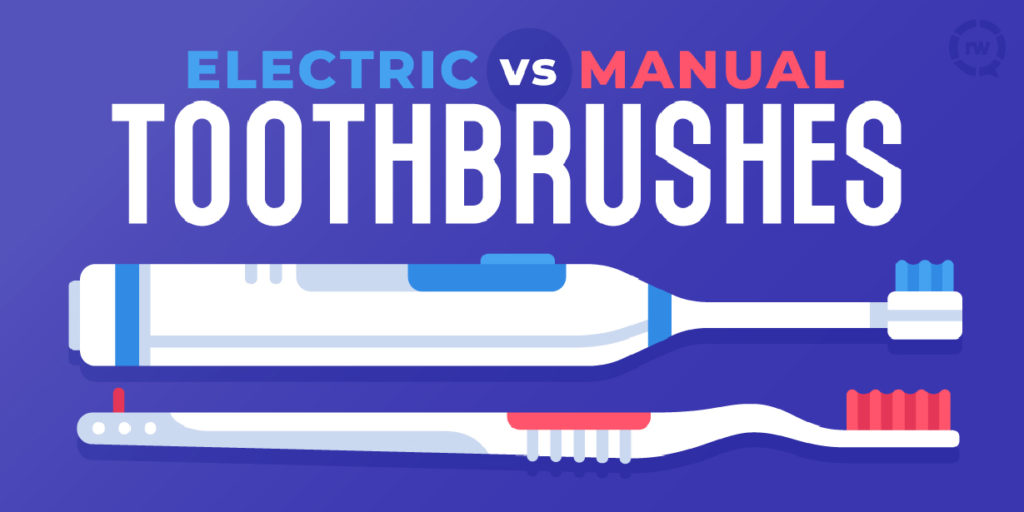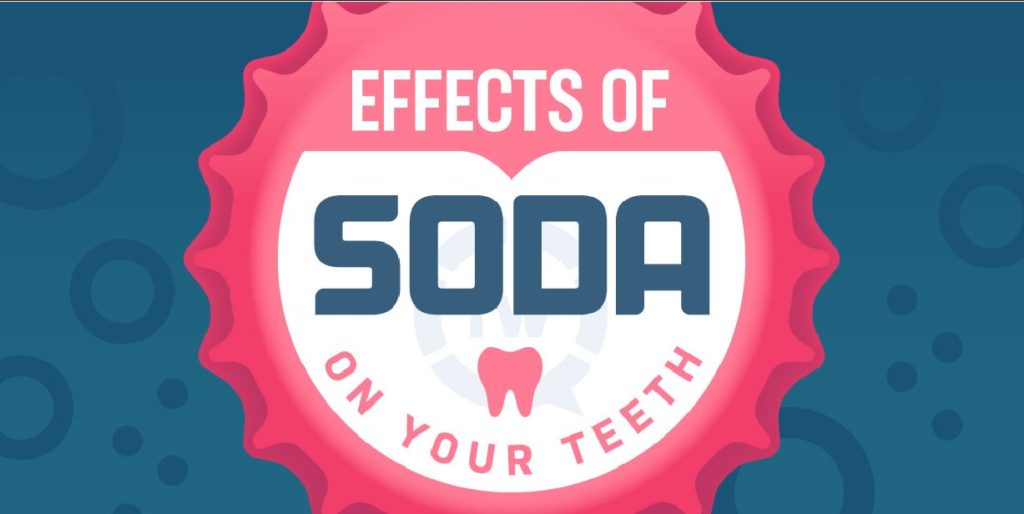Ouch! My tooth hurts, Mommy: Dealing with Tooth Pain in Children
February 22nd, 2024
Introduction
Tooth pain in children can be a distressing experience for both the child and their parents. Understanding the causes, symptoms, and effective management of this issue is crucial for maintaining a child's oral health and overall well-being. In this blog post, we will explore insights from the Journal of the American Dental Association to shed light on tooth pain in children and provide valuable information for parents and caregivers.
Common Causes of Tooth Pain in Children
The Journal of the American Dental Association has extensively documented various causes of tooth pain in children. The most common culprits include:
- Dental Cavities: Tooth decay, or dental cavities, is a leading cause of tooth pain in children. The bacteria in the mouth feed on sugars and produce acids that erode tooth enamel, leading to cavities.
- Tooth Sensitivity: Some children may experience tooth sensitivity to hot or cold temperatures. This can be caused by thin enamel, receding gums, or exposed tooth roots.
- Teething: Teething is a natural process during which a child's primary teeth emerge. This can cause discomfort and mild pain as the teeth break through the gums.
- Trauma or Injury: Accidents or injuries to the mouth can result in cracked or fractured teeth, leading to severe tooth pain in children.
- Gum Infections: Gingivitis and other gum infections can cause pain and discomfort in children's mouths.
Signs and Symptoms
Identifying tooth pain in children can be challenging, as children may not always communicate their discomfort effectively. Look out for the following signs and symptoms, as reported in the Journal of the American Dental Association:
- Complaints of Pain: If your child complains about pain or discomfort in their mouth, take it seriously and investigate the cause.
- Avoiding Certain Foods: Children with tooth pain may avoid eating hot, cold, or sweet foods and may struggle to chew properly.
- Changes in Eating Habits: Sudden changes in eating habits, such as eating less or favoring one side of the mouth while chewing, can indicate tooth pain.
- Swelling or Redness: Swelling or redness around the affected tooth or gums may be a sign of infection or injury.
- Irritability: Tooth pain can make children irritable and fussy. They may have trouble sleeping or concentrating.
Managing Tooth Pain in Children
The Journal of the American Dental Association provides guidelines on managing tooth pain in children effectively:
- Consult a Pediatric Dentist: If your child experiences persistent tooth pain, consult a pediatric dentist. They are specially trained to address dental issues in children.
- Maintain Good Oral Hygiene: Teach your child the importance of brushing and flossing regularly to prevent tooth decay and gum infections.
- Use Over-the-Counter Pain Relievers: Non-prescription pain relievers, such as ibuprofen or acetaminophen, can help alleviate tooth pain, but always follow the recommended dosages.
- Cold Compress: Applying a cold compress to the outside of the cheek can reduce inflammation and provide temporary relief from tooth pain.
- Teething Remedies: For teething pain, teething rings or topical teething gels can offer comfort to your child.
- Dental Procedures: If tooth pain is due to cavities, your child may need dental fillings or other treatments, as recommended by the dentist.
Preventing Tooth Pain in Children
Prevention is always the best approach when it comes to dental health. The Journal of the American Dental Association emphasizes the following preventive measures:
- Regular Dental Check-Ups: Schedule regular dental check-ups for your child to catch and address dental issues early.
- Healthy Diet: Limit sugary snacks and drinks in your child's diet to reduce the risk of cavities.
- Proper Oral Care: Teach your child how to brush and floss correctly and supervise their oral hygiene routine.
Take Home Message
Tooth pain in children is a common issue, but with the right knowledge and proactive measures, parents and caregivers can help their children maintain a healthy and pain-free smile. Regular dental check-ups, good oral hygiene, and early intervention are essential for preventing and managing tooth pain in children. Be attentive to your child's oral health, and consult a pediatric dentist for expert guidance if necessary, as recommended by the Journal of the American Dental Association.
Get to Know Us
At All Smiles Pediatric Dentistry, we incorporate proven techniques to share with you and your child at each dental checkup visit. Dr. Allen Job and his team are committed to providing the latest in oral health care prevention. Check out our monthly blog posts! Our practice is centrally located in San Diego, CA.
Get acquainted with us by watching our practice video and find out what we do.
Scheduling an appointment for your child is easy! Start here by downloading our app to schedule an appointment. All of our forms are online. Fill them out securely from your smartphone or tablet and hit send. On appointment day, your child will be seen at their scheduled time. For example, if you have a 9:00 AM appointment, your child will be seen at 9:00 AM.

Dr. Allen Job, DDS, MS, MPH, MS is a board certified pediatric dentist who practices in San Diego, California, where he specializes in prevention. For more than a decade, served as assistant professor for the Department of Pediatric Dentistry at Loma Linda University School of Dentistry (LLUSD). He is currently an instructor at LLUSD.












































 Baby toothbrushing teeth[/caption]
Baby toothbrushing teeth[/caption]
